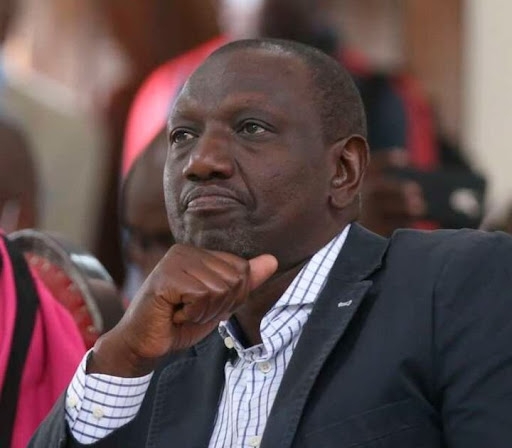Jomo Kenyatta International Airport is set to undergo a major facelift with the addition of a terminal that will handle 20 million travellers annually.
The expansion is part of the Airport’s Medium Term Investment Plan, spanning over a period of three years, seeking to increase capacity, service standards and competitiveness in the global field.
The plan also seeks to expand runways and aircraft parking so as to allow for efficient landing and take-off which will in turn reduce congestion and safety issues.
Notably, parking bays are expected to expand from the current nine to 21 bays by 2040 with cargo throughput in the period projected to reach 741,000 tonnes.
Transport Principal Secretary Mohamed Daghar expressed the importance of expanding airline destinations.
“We are not only enhancing travel between Kenya and Mozambique but also opening new avenues for tourism, business and cultural exchange,” said Daghar.
He further highlighted the importance of the aviation market to the country’s economic development and the expected growth come 2050.
“The traffic is forecasted to grow by 4.0 per cent annually and in turn bring in 42.1 million passengers by 2050,”he added.
Jomo Kenyatta International Airport, which controls 80 per cent of network passengers and 90 per cent of cargo businesses, has design capacities to process 35 air crafts per hour.
In addition, Kenya’s strategic location, at the crossroads of Africa, has made the state a natural gateway into the continent receiving over 8 million passengers per annum.
In early February this year, JKIA’s airport general manager, Selina Gor, hinted at plans to launch a special terminal catering for VIPs such as the chief executive officers of global corporations.
Additionally, Gor mentioned plans to dedicate a floor in the special terminal for purposes of solely hosting premium clientele lounges.
This was a response to requests from leading airlines such as Emirates and Qatar seeking for a special area within the airport to host their high end clients.
“We have several high-end travelers who come with chartered airlines, so going into the future we are looking at creating a terminal specifically for high-end guests coming to Kenya and traveling on a charter,” said Gor.
According to the 2024 Economic Survey, 4,136.9 thousand international passengers arrived at JKIA indicating that for every 100 passengers landing 36 were inbound tourists.
Consequently, this fostered key developments in the airline sector some of which included the introduction of direct flights of three new airlines as well as hosting prominent conferences in the country.
The three airlines Indigo(Mumbai-Nairobi), Fly Dubai(Dubai-Mombasa) and Airlink(Johannesburg-Nairobi).
The Cabinet on 12th June approved the National Aviation Policy, which seeks to maximise the contribution of the aviation sector to Kenya's growth.
The objectives of the policy include global and regional consistency, legal/regulatory considerations, and stakeholder expectations.








